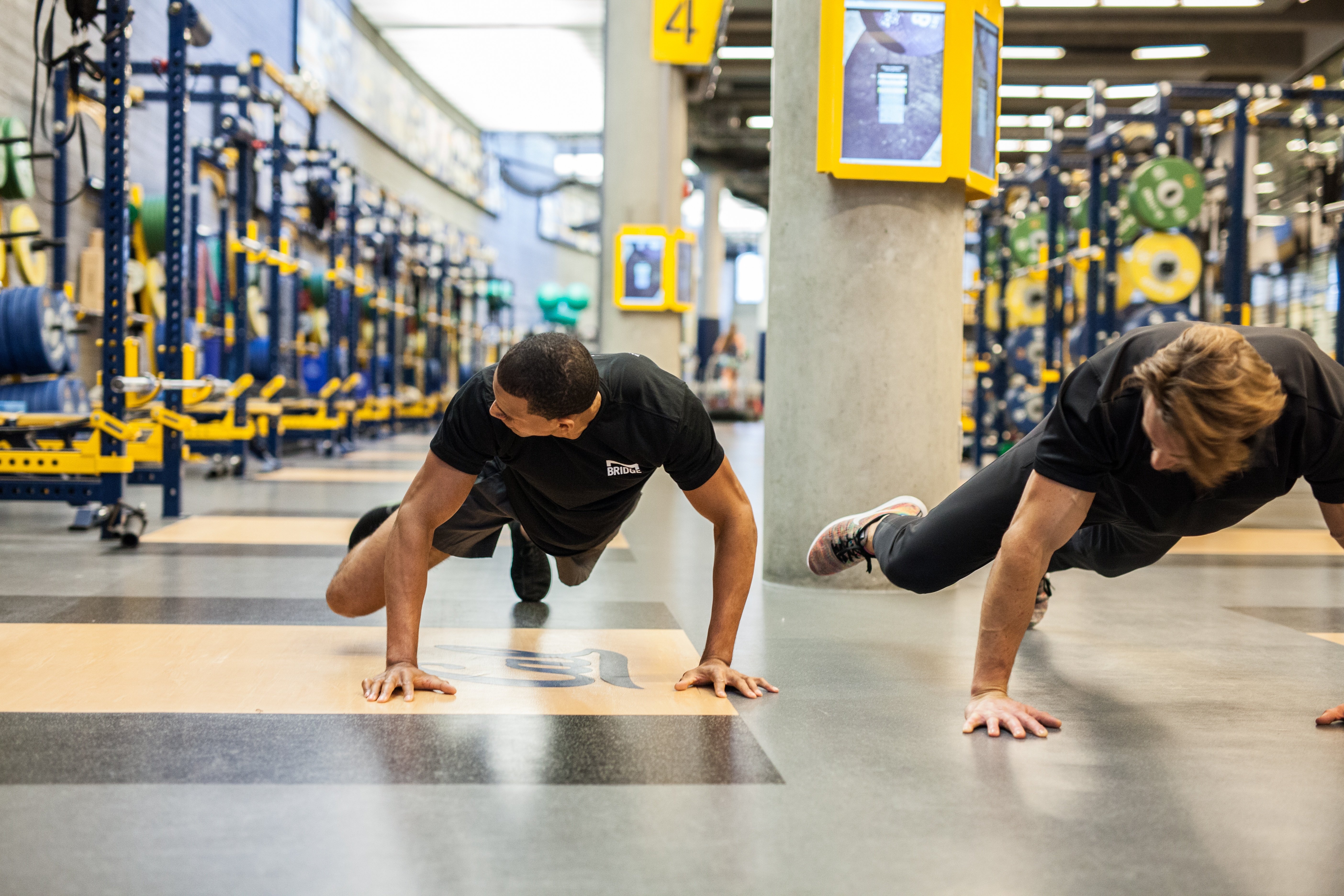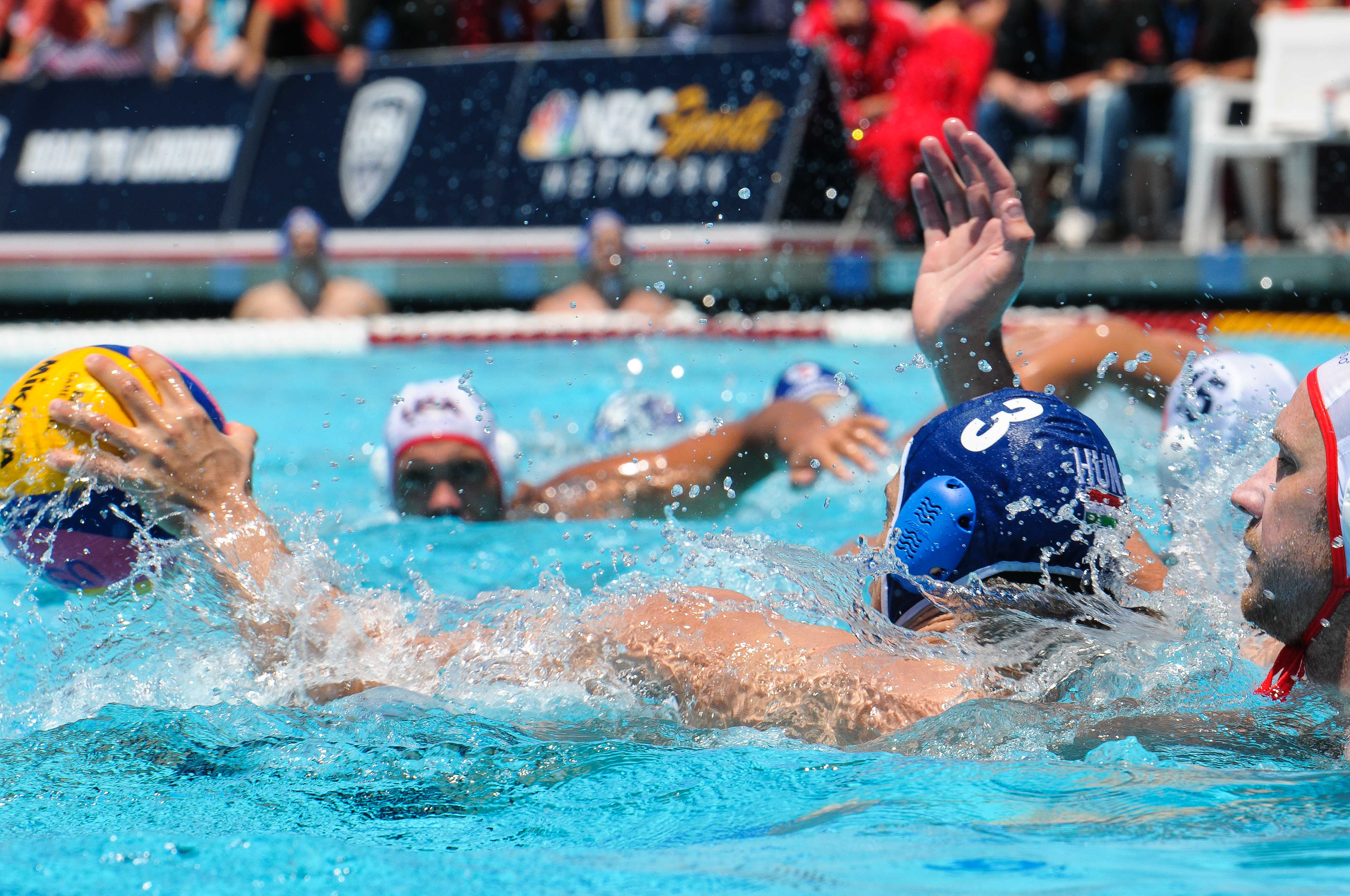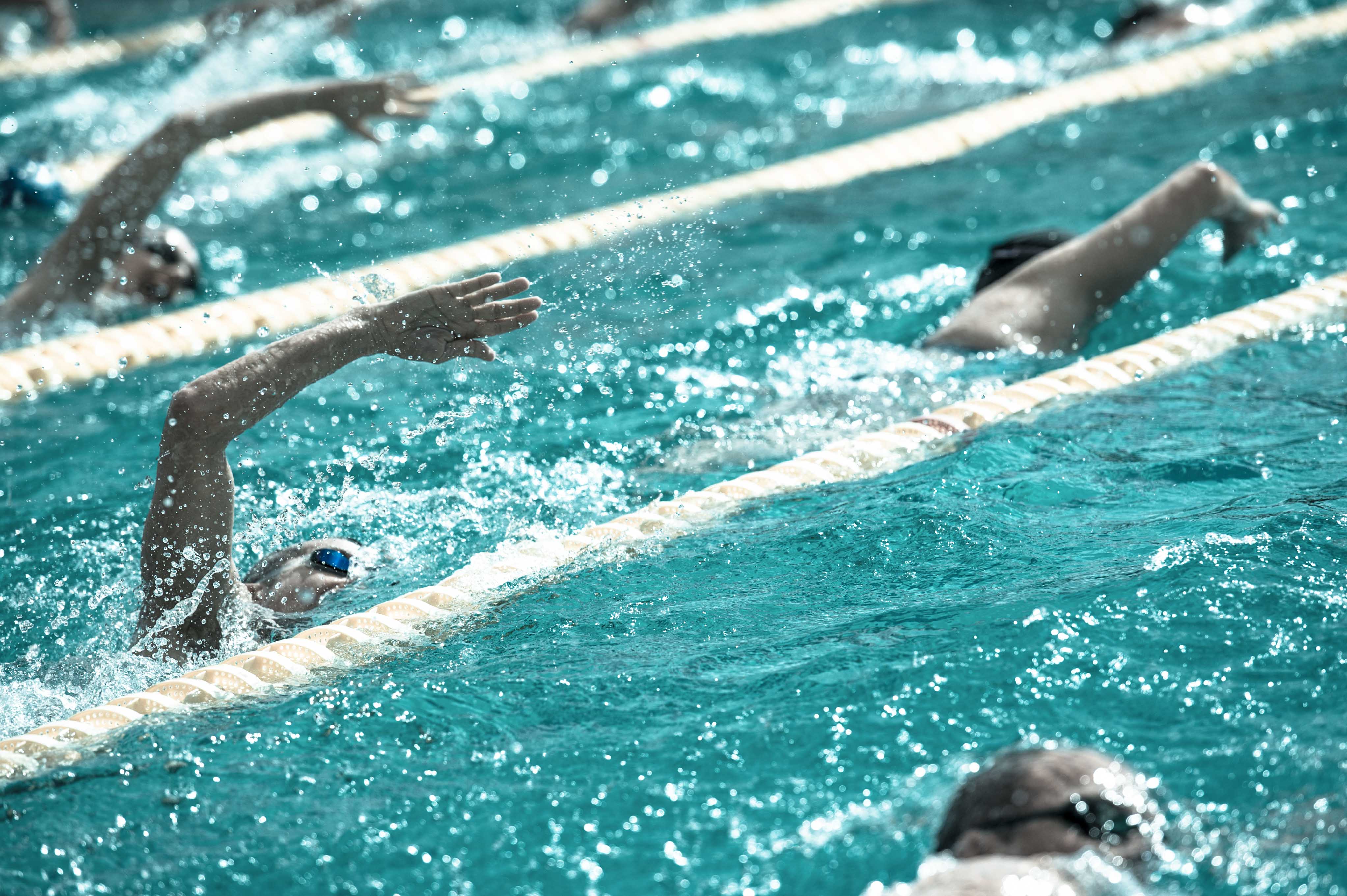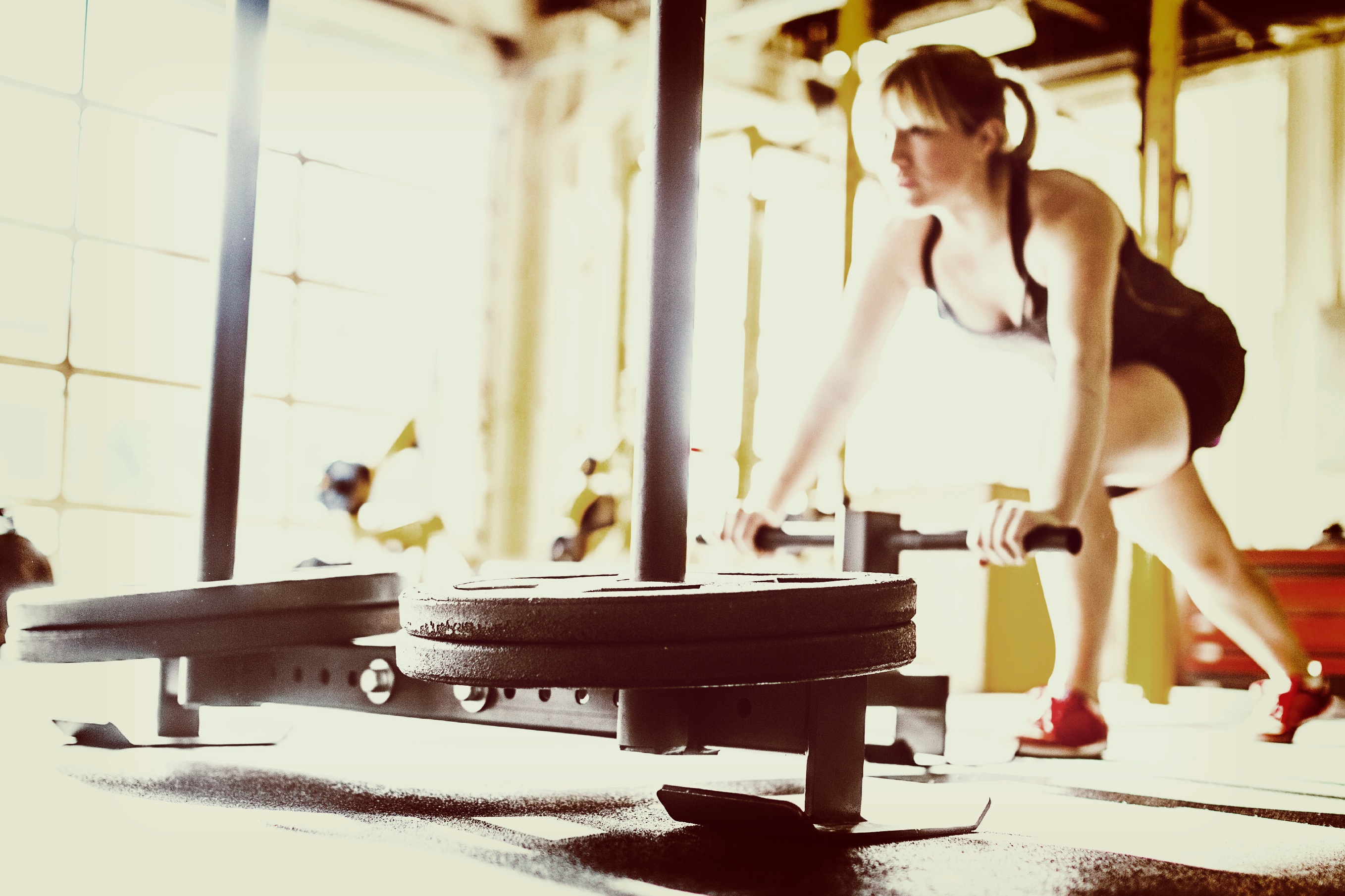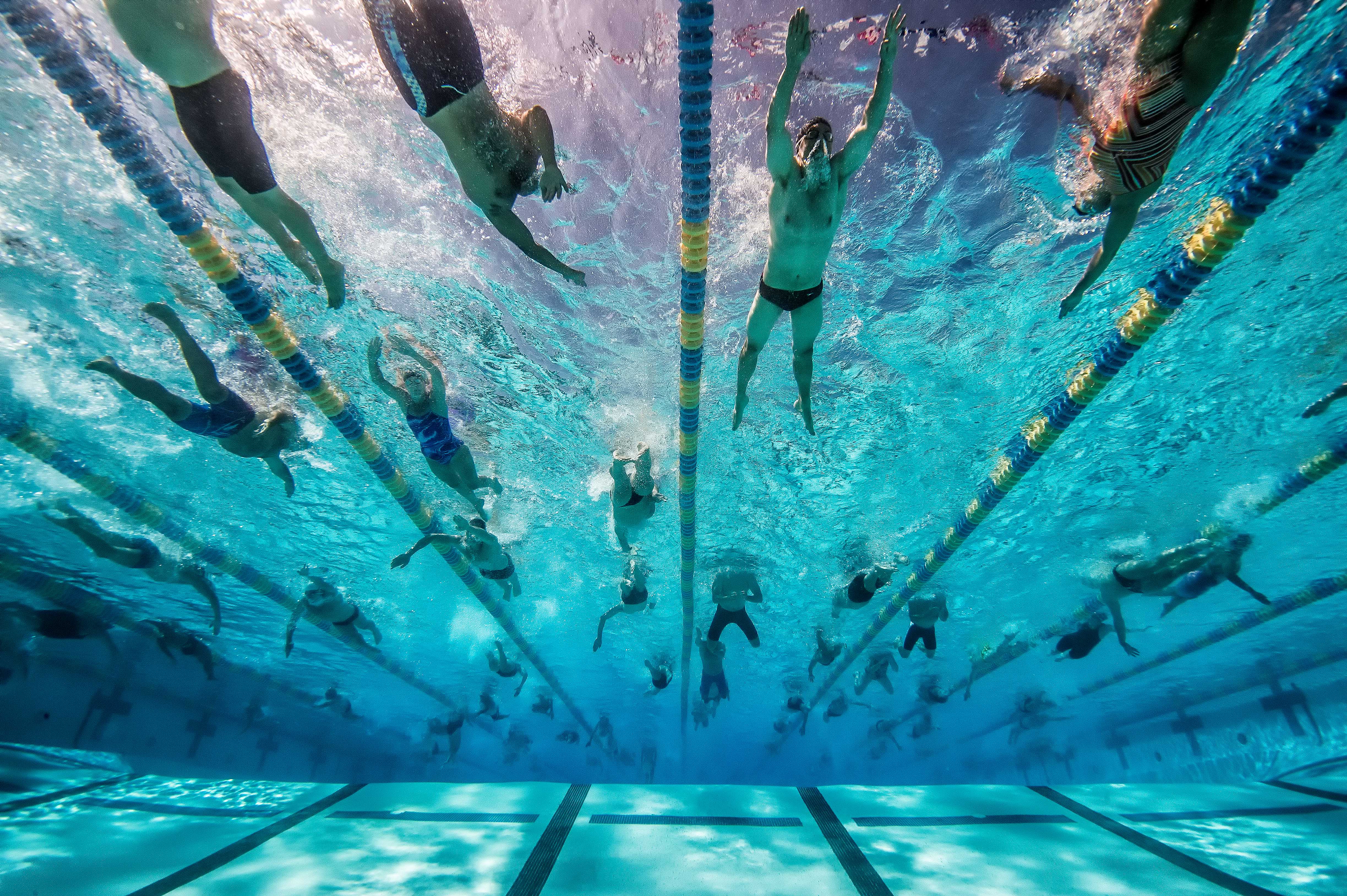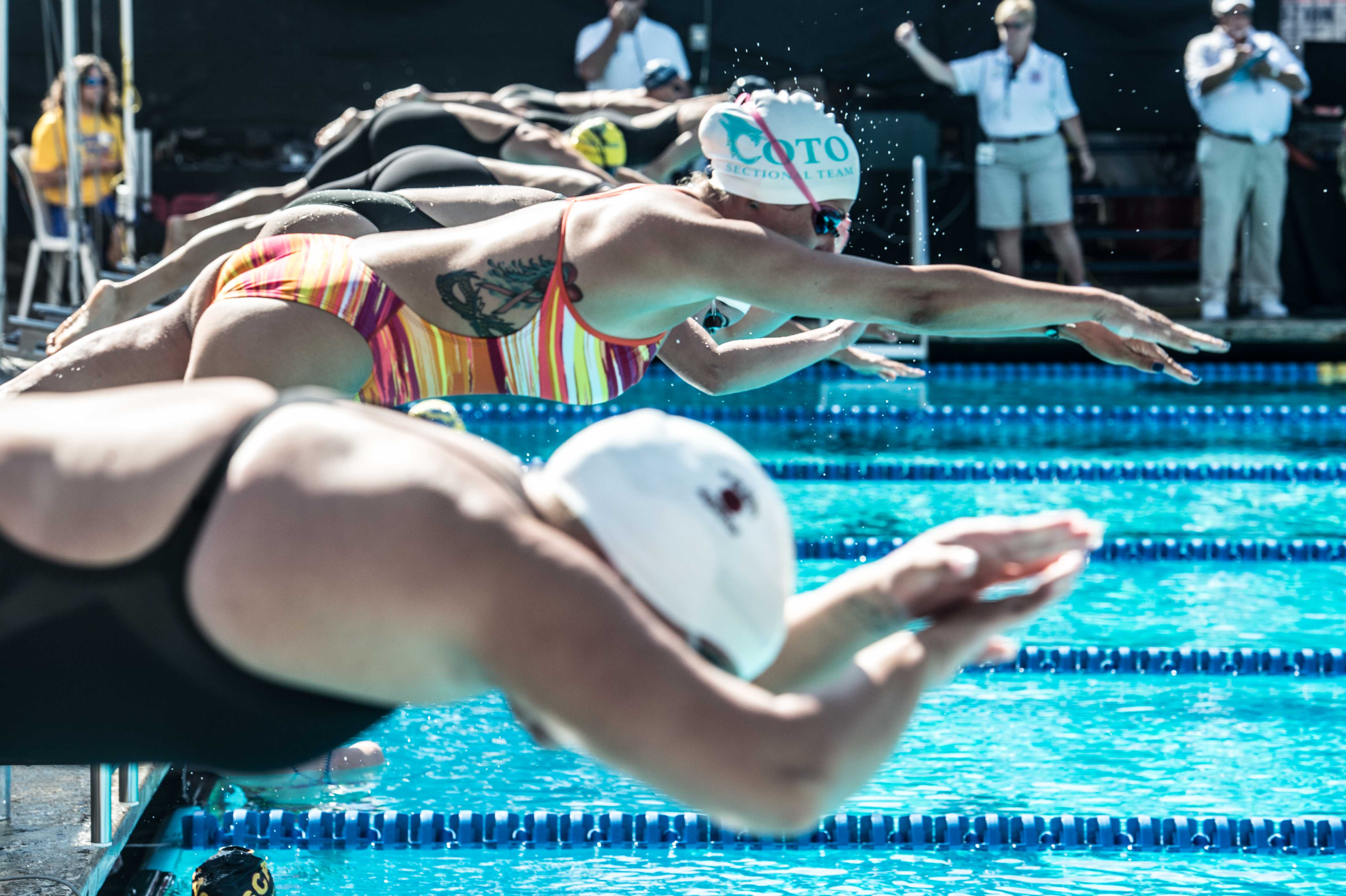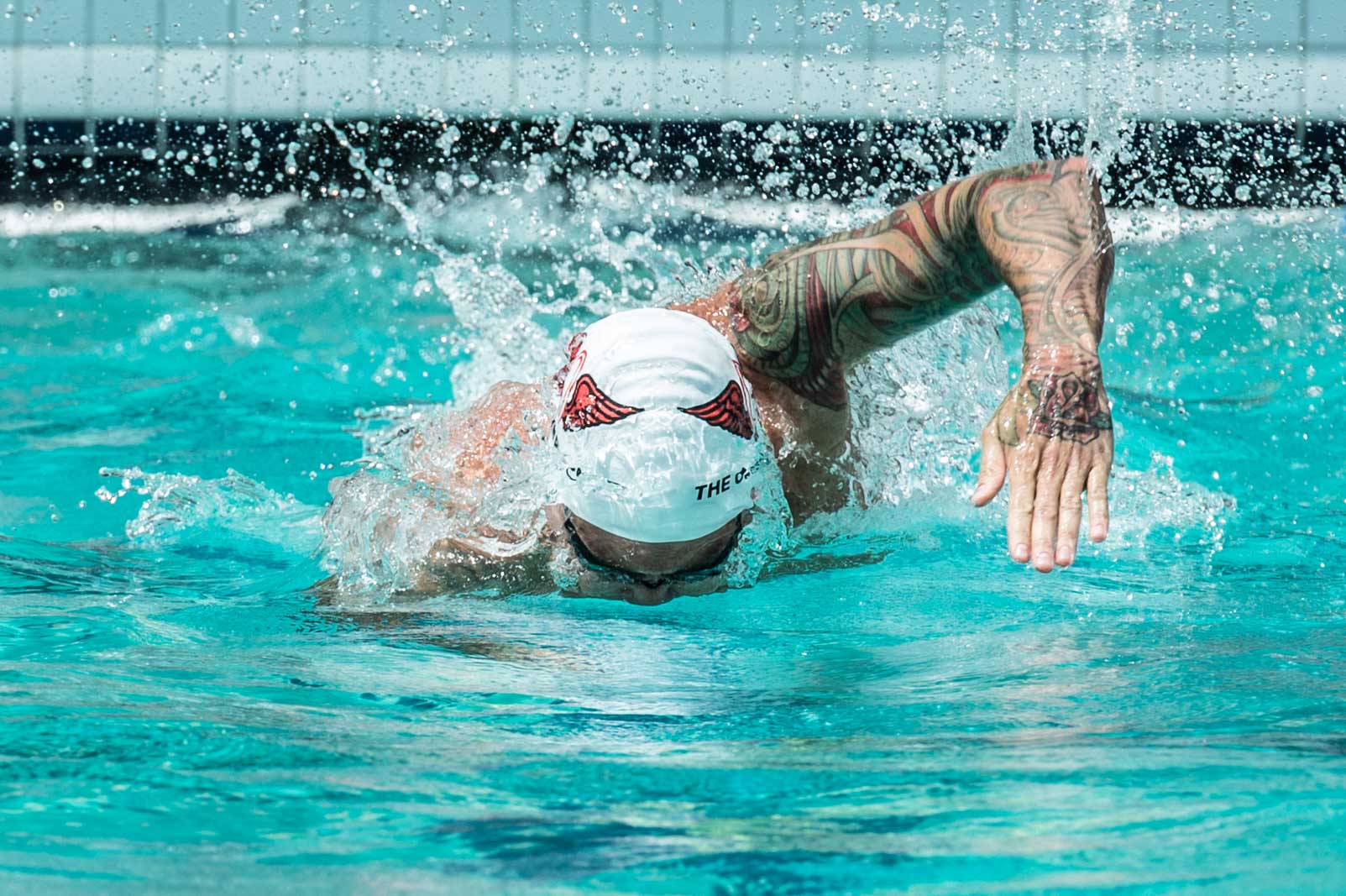BridgeAthletic
Recent Posts
Nutrition is one of the most important aspects of being an elite athlete. The way an athlete treats their body before and after workouts on a daily basis can maximize their overall performance. Before making a grocery run, athletes should make a plan in order to stay organized, save money, and choose healthy options. It is imperative for elite athletes to prioritize nutrition and hydration to ensure their bodies are ready to go for training or competition. To learn more about athletic nutrition for collegiate athletes check out this article.
Quickly transitioning from offense to defense or vice-versa can be the difference for water polo teams and having a successful season. From developing a powerful shot to improving goalie skills, a water polo-specific dryland training program can significantly improve performance in the pool. Below is a list of five water polo-specific dryland exercises that are designed to work on transitional speed.
Read More
Coaches should incorporate swimming dryland training to maximize swimmer performance. The type of swimming dryland training may change over time, perhaps incorporating more weights once the athlete reaches the collegiate level, but all programs should incorporate dryland workouts. The purpose of dryland training for swimming is to improve the swimmer’s power, athleticism, and overall speed in the pool. Here are five major reasons to incorporate dryland training into a swimmer’s program:
Read More
Athletes who understand the purpose and effects of their training regimen tend to perform better because they have the context and a sense of direction for their desired development. In light of this, we found it useful to explore relevant physiological changes that occur post-resistance and strength training so that athletes and coaches can be more cognizant of how to train smart. Beginning with the hormonal and neural shifts that occur during strength training, and why all athletes, regardless of position, distance, or event, can benefit from a smart strength program.
Many athletes and teams have limited or no access to a weight room or simply do not emphasize weight training for a variety of reasons. Check out this article to learn why strength training is crucial for athlete development and performance. Designing a strength program with minimal equipment is definitely possible and is a great way for athletes to build and mantain strength.
There are certain aspects of a swimmer’s body that have negative effects for athletes on land. Competitive swimming can lead to poor posture, hyperextension, inability to absorb shock, loose ankles, and over or under-developed muscle groups. Check out this article to learn more about the five most common idiosyncrasies aquatic athletes face. Strength and dryland training for swimmers can mitigate the negative effects of these issues.
Read MoreCompetitive swimming is compatible with a wide variety of body types. There are, however, certain characteristics of a swimmer’s body that are common to most athletes in the sport. How different muscle groups over or under-develop in response to swimming can have a dramatic impact on how well the athlete moves on land. This article defines the five most common idiosyncrasies aquatic athletes face. To learn how to prepare for championship swimming season check out this article.
Read MoreAquatic sports tend to be categorized as unique in both their training methods and physiological demands on the athlete. Swimming, for example, places athletes in a buoyant environment that greatly affects their body awareness. Coordination in the water and coordination on land are incredibly different skills that require different training methods to develop. How, then, can swimming training benefit the football, baseball, or soccer player? Here are four key reasons why swimming can benefit land-based athletes:
Read More

